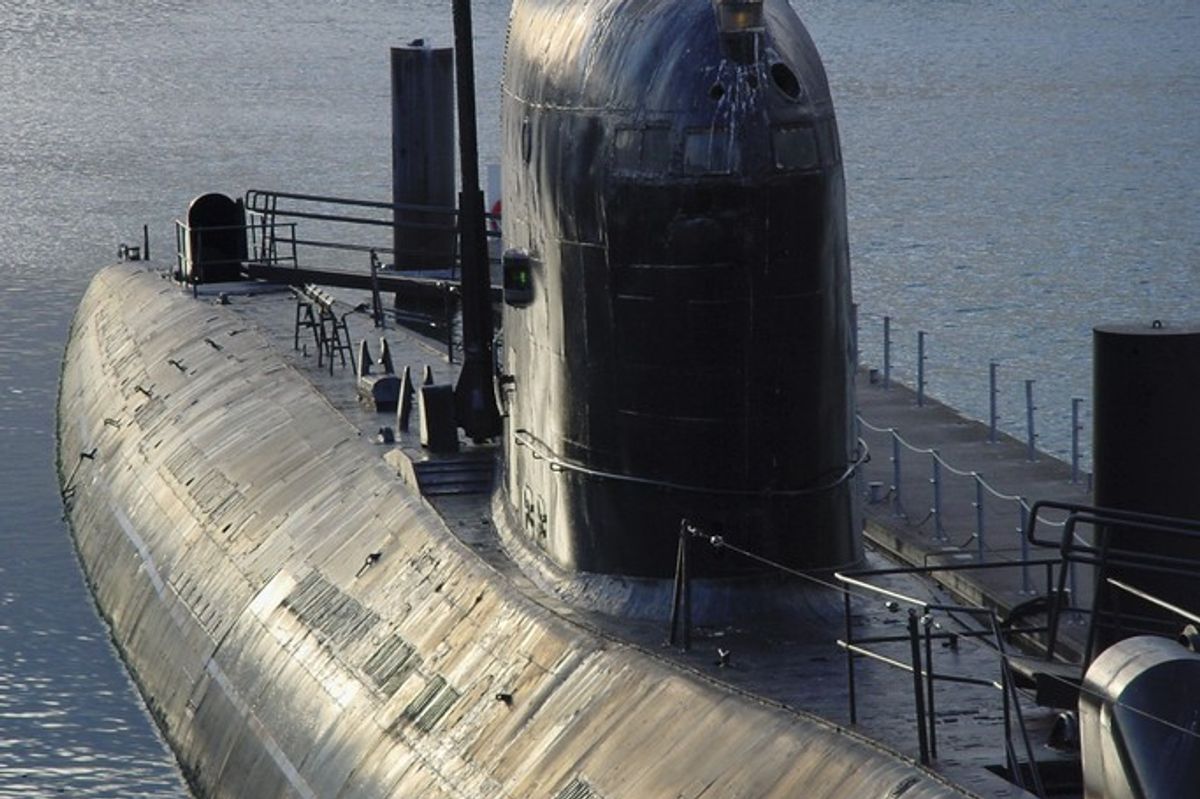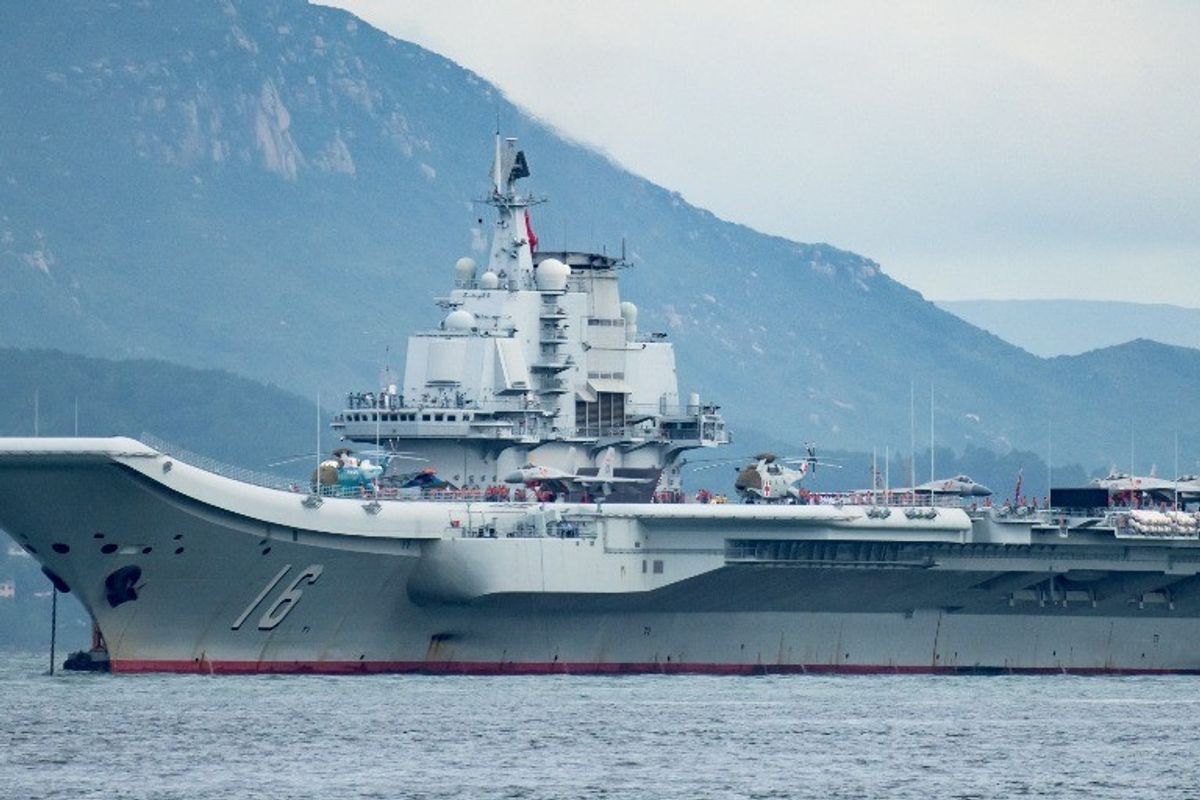When U.S. President Donald Trump told Philippine President Rodrigo Duterte that the U.S. had two submarines in the waters near Korea, it began a controversy over whether sharing the subs’ location was a leak of classified information and a security risk. A submarine’s ability to remain hidden is its greatest asset, and Asian countries are increasingly willing to pay for that capability. Avascent Analytics estimates that Asian countries will spend nearly $40 billion on submarines over the next 10 years.
This purchase trend is not a new one, and coincides with the recovery of Asian economies from the 1997 and 2008 financial crises and the rise of China as a world power. While many experts point to China’s growing military ambitions as the primary cause for submarine proliferation in Asia, there are several other factors in play, including rivalry among neighbors and national prestige.
In looking at Asian countries acquiring submarines, it is easier to list the nations that are not pursuing submarine purchases. From Pakistan to Japan, and omitting small island nations and countries without a coastline, the only countries not seeking submarines are Sri Lanka, Cambodia, Brunei, Myanmar, and the Philippines – although the latter two have considered purchases.
While there are numerous submarine types from several different countries of origin, most nations are pursuing a relatively similar capability – diesel-electric submarines with between 1,500 and 3,000 tons displacement having advanced sonar, radar, and reconnaissance technology; air-independent propulsion systems to remain underwater for longer periods; sound dampening and anechoic coatings; and torpedoes, mines, and, increasingly, submarine-launched cruise missiles.
These advanced capabilities come at great cost. Depending on the model and terms of each country’s deal, the price of a new submarine can be between $200 million and $550 million. Vietnam spent the equivalent of its 2009 defense budget on a deal to procure six Russian Kilo-class subs.
The broad geographic expanse of this trend, not to mention the expense of these submarines, gives pause on why nations view submarines as necessary. While China’s massive military expenditures and increasing assertiveness in its territorial waters are an important driver, it only explains part of the situation.
Despite their high unit cost and the added expense of training and of maintaining a fleet of submarines, they are the best value for money when it comes to area denial. If a nation wishes to deter a rival from interfering with its coastal waters or maritime economic interests, a submarine is the best way to give that rival a reason to stay home. Avascent market analysts Dan Yoon, Aaron Lin, and Chris Yee-Paulson told The Cipher Brief that other options are not as attractive.
“Surface fleets capable of performing area-denial operations would be as expensive and many times more vulnerable,” they said, “Deployment of potentially less expensive assets like unmanned underwater vehicles for such missions has not been widely operationalized across the globe.”
Koh Swee Lean Collinn, a research fellow at the Institute of Strategic and Defence Studies at the S. Rajaratnam School of International Studies concurs, saying many countries have “a sense of geopolitical uncertainty that drives them to acquire submarines as a force multiplier to bolster their small navies’ overall deterrent and combat power.”
Koh highlights another factor driving new submarine purchases and the entry of more nations such as Bangladesh and Thailand, which previously never operated submarines. Another factor, Koh says, is a “technologically driven ‘keeping up with the Joneses’ phenomenon that influences procurement decisions.” This desire to maintain national prestige among neighbors may be most prominent in Thailand’s case. The nation’s shallow territorial seas are thought to be too difficult to effectively operate the Yuan-class sub it bought from China for $390 million.
A final reason involves support of domestic industry. South Korea, Japan, and Australia all have shipbuilding industries that receive government support. Seoul seeks to expand its weapons exports and is supplying submarines to Indonesia. In modernizing its submarine fleet, Canberra wishes to prop up a flagging domestic shipbuilding industry. Tokyo is motivated by both export and waning industry, but has yet to find any international buyers for its expensive and cutting-edge Soryu-class submarines.
Taken as a whole, these factors have created a situation in which Asian navies are the most capable they have ever been, at a time when regional security tensions remain high. In a situation like the territorial dispute in the South China Sea, the presence of many claimants and new technical capabilities presents new risks for escalating conflict. Koh notes that the use of submarines “for close-in surveillance and reconnaissance missions, especially in waters controlled by the other claimant, could be a recipe for diplomatic disasters.”
The possibility of diplomatic conflict could become especially thorny if Beijing passes a proposed revision to one of its maritime laws. The amendment would require submarines travel only on the surface when passing through Chinese waters. Enactment of this law and Chinese enforcement in all the waters it claims – nearly all of the South and East China Seas – would raise the odds of maritime altercations and tensions.
While the trend in submarine proliferation has lasted more than a decade, Yoon, Lin, and Lee-Paulson believe that “peak demand” has passed, and submarine sales will decline in coming years. However, the increase in submarines has already begun a trend in purchases of anti-submarine warfare capabilities that include specialized surface vessels, airplanes, and unmanned systems.
The capability of submarines and counter-capability of anti-submarine technologies will likely change the regional status quo. However, it will do nothing to alleviate security tensions brewing under the surface.
—
View our expert commentary on this topic:
Asian Sub Spending Spree Raises Risks of Mistakes, Escalation, by Koh Swee Lean Collin, a Research Fellow at the S. Rajaratnam School of International Studies
Why Subs? To Send Neighbors a Powerful Message – “Stay Outta My Yard”, by Daniel Yoon, Aaron Lin, and Chris Yee-Paulson, Market Analysts at Avascent Analytics
Will Edwards is an Asia-Pacific and defense tech analyst at The Cipher Brief. Follow him on Twitter @_wedwards.











